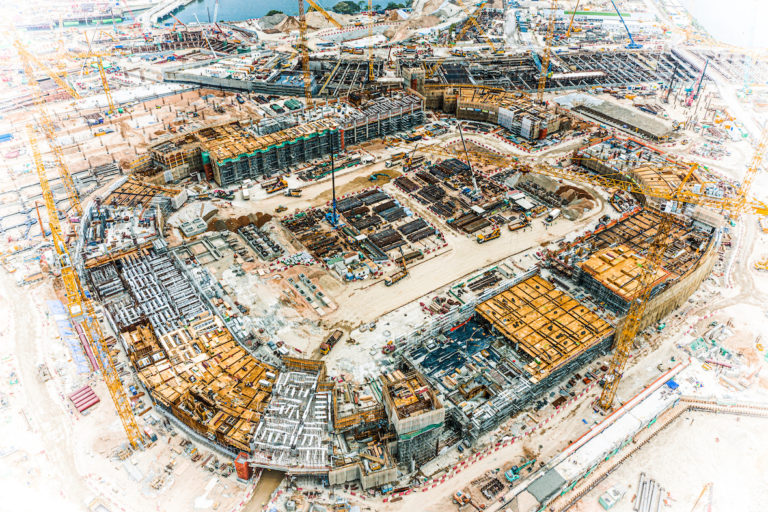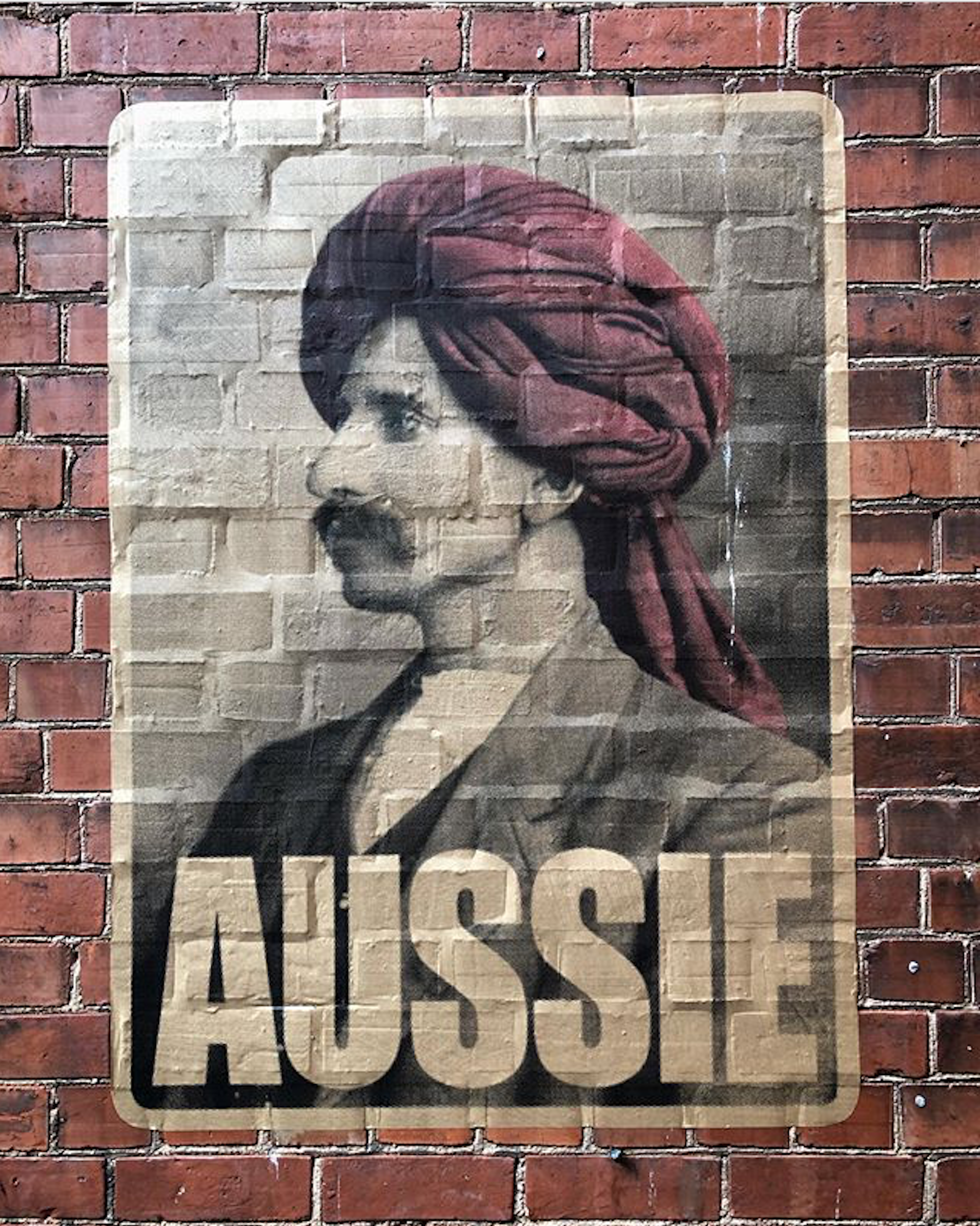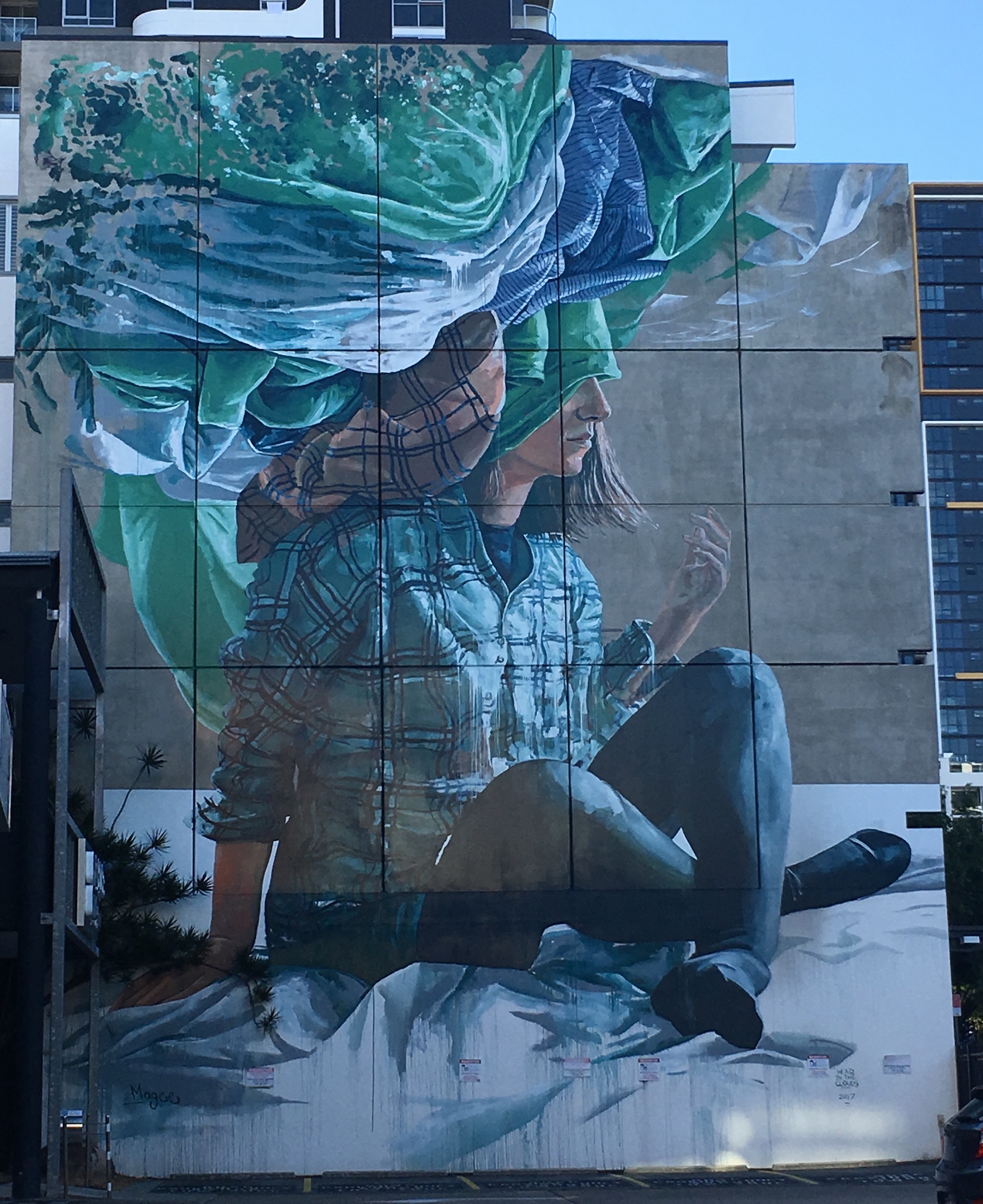
The 2032 Olympics: Urban and environmental planning matters
Mega-events cause extremes of excitement and anxiety for urban planners. Among mega-events, the Olympics is the rarest opportunity – most planners will never get to take it on. Much like athletes winning gold, planners who deliver a successful Olympics secure a permanent professional legacy.




 Sophie Gadaloff is an Urban Planner and PhD Early Candidature at Griffith University. Sophie is part of the
Sophie Gadaloff is an Urban Planner and PhD Early Candidature at Griffith University. Sophie is part of the  Dr Tony Matthews
Dr Tony Matthews
